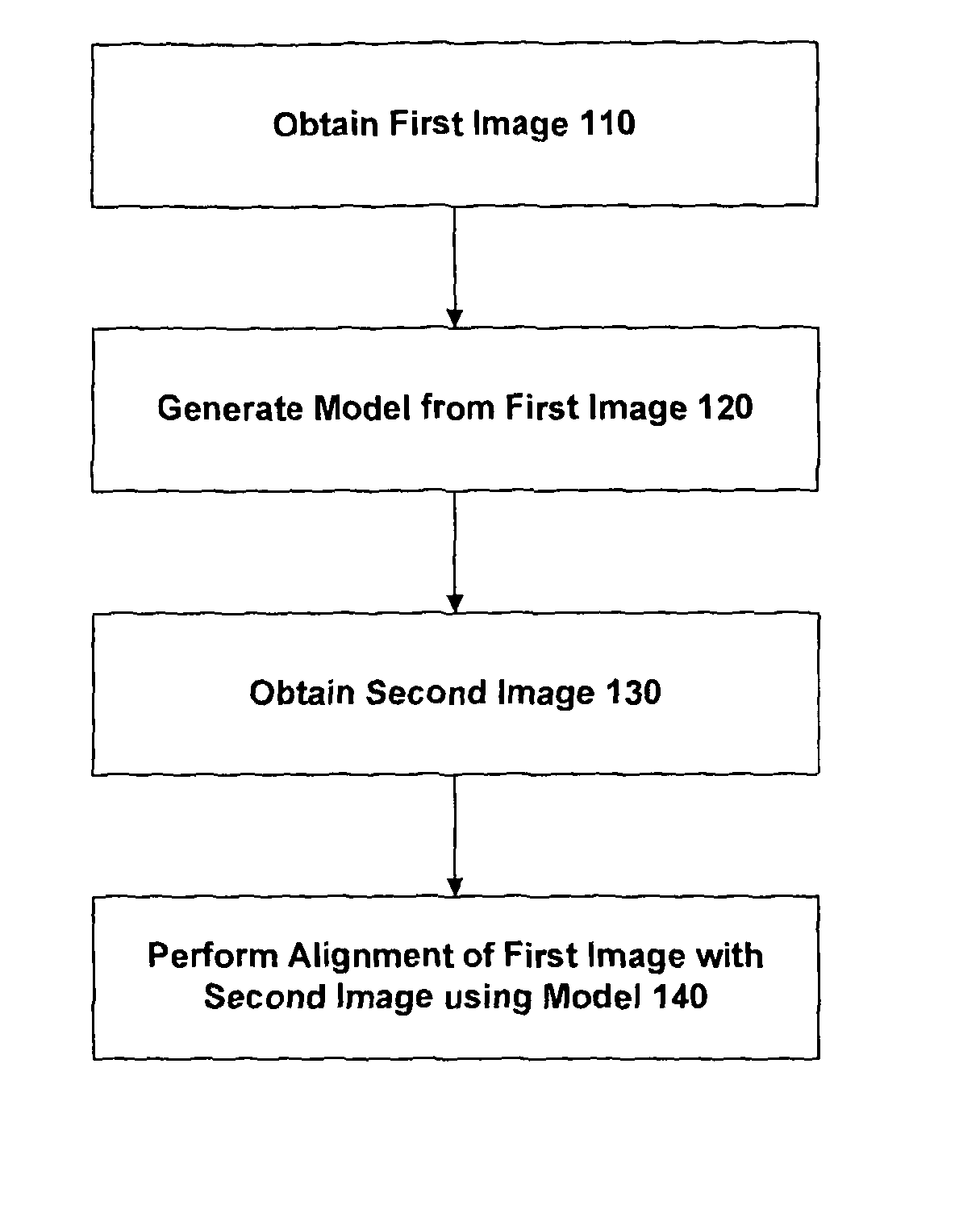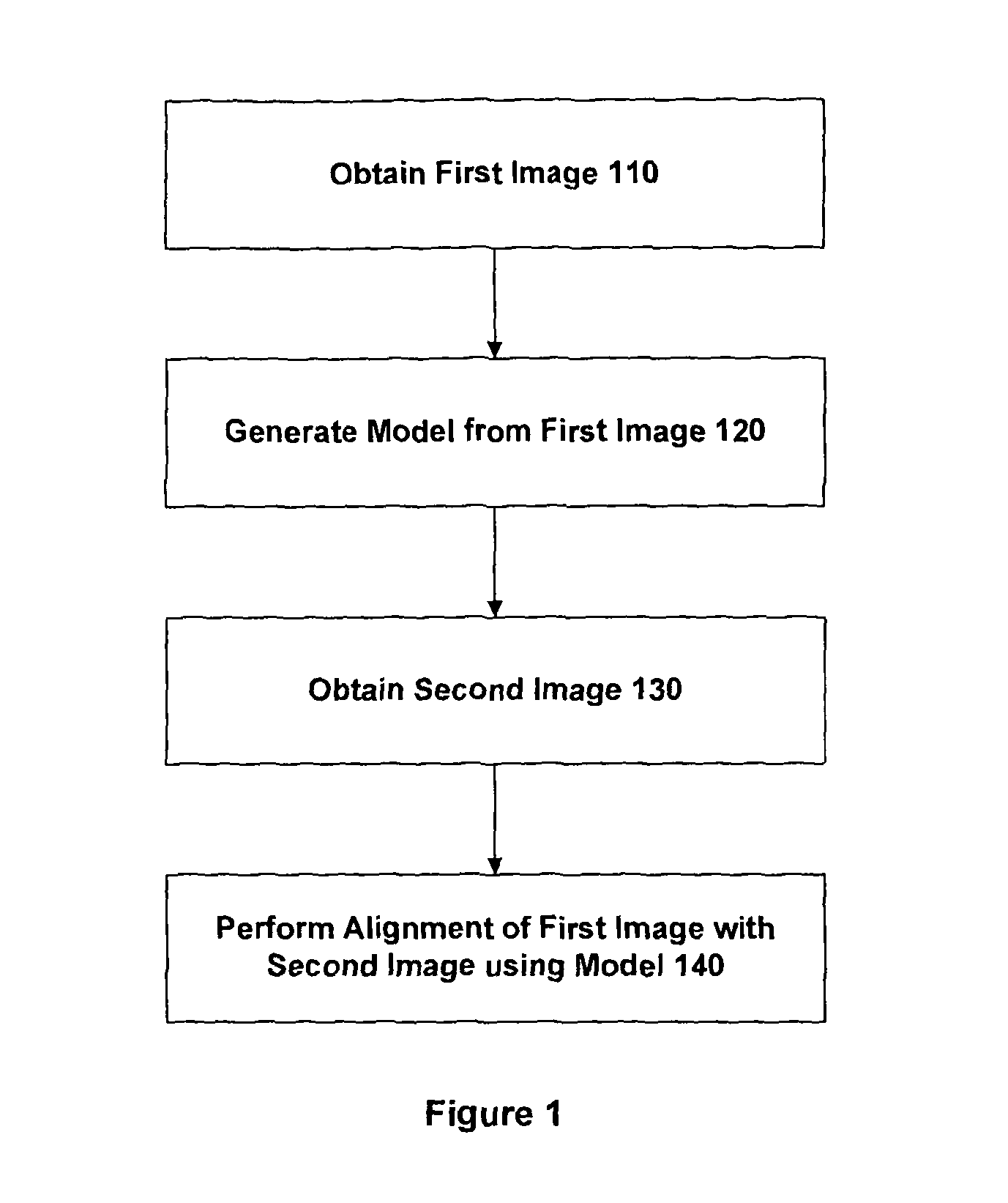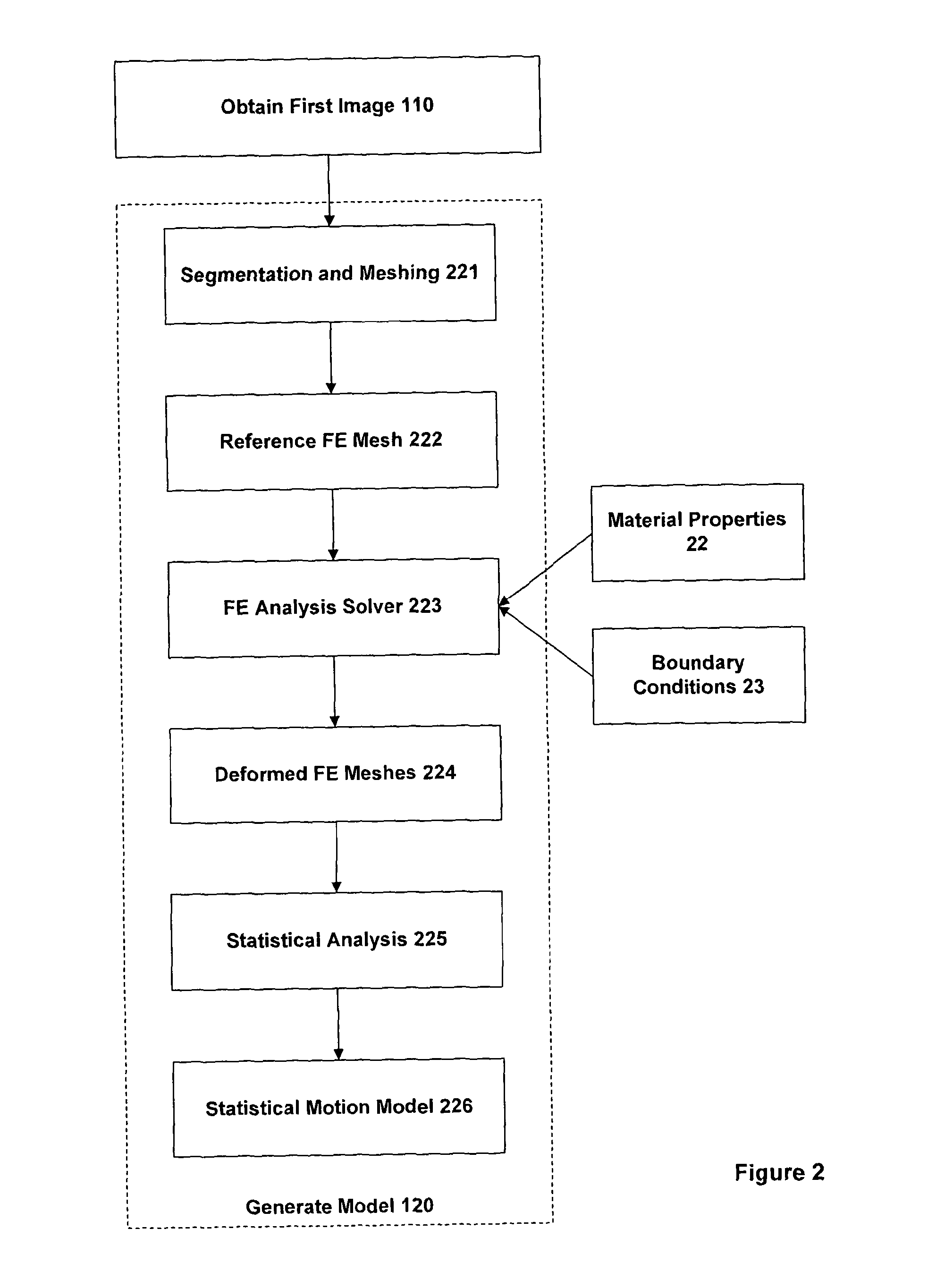This is often highly challenging due to the large differences in the intensity characteristics between images obtained using different imaging techniques.
In addition, fundamental differences between the underlying physics and image formation processes peculiar to each imaging method may also give rise to modality-specific artefacts.
A further problem is that for a deformable structure, which includes most of the soft tissue organs of the body, physical deformations and motion with respect to neighbouring structures may occur between imaging sessions.
These effects further complicate the problem of image registration.
However, this assumption is often not reliable in a situation where different imaging methods that exploit different physical properties are used to obtain an image of the same anatomical region.
Therefore, the feature-based approach to registration is often impractical if available computer-based automatic segmentation methods are unavailable or fail, or if manual segmentation of at least one of the images is prohibitively time-consuming and labour-intensive.
The reliance on feature-based image registration is a particular problem in time-critical applications, such as image-guided surgery, since images obtained during such a procedure are typically of much poorer quality than those obtained outside the surgical setting.
These image are therefore very often difficult to segment automatically or within a clinically acceptable timescale (i.e. seconds to a few minutes).
However, if the diagnostic image information is not accurately aligned with intra-procedural images, errors may be introduced that limit the accuracy of the biopsy as a diagnostic test or that can severely limit clinical efficacy of the intervention.
In practice, such errors include: inaccurate placement of biopsy needles, failure to remove an adequate margin of tissue surrounding a tumour such that malignant cancer cells are not completely eradicated from the organ, and unnecessary damage to healthy tissue with an elevated risk of side-effects related to the procedure in question.
Unfortunately, standard intensity-based multimodal registration algorithms are known to perform poorly with ultrasound images, largely due to high levels of noise, relatively poor soft-tissue contrast and artefacts typically present in clinical ultrasound images.
Furthermore, image segmentation is challenging for the same reasons and therefore the use of many feature-based registration approaches is precluded for most clinical applications.
However, both methods are known not to work well when the unseen image is corrupted in some way such that object boundaries are occluded or the intensity characteristics of the unseen image differ substantially from the images used to train the model.
This situation is very common in medical image applications, particularly during image-guided interventions where (unseen) images obtained during an intervention are typically noisy, contain artefacts, and include medical instruments introduced into the patient.
There are also many situations where, due to noise, artefacts and variability between patients, the variation in image intensity around points on the boundary of an object in a reasonably-sized set of training images is too wide for meaningful parametric statistical measures to be determined.
In this case, the assumptions of the active appearance model method may break down.
However, to date these have been demonstrated only for a few organs and for specialised applications, and rely on automatically converting at least one of the images into a form that is more amenable to performing a registration using established intensity-based methods.
However, this conversion step is not trivial in many circumstances, and these alternative approaches have yet to be demonstrated for many medically significant applications, such as image-guided needle biopsy of the prostate gland and image-guided surgical interventions for the treatment of prostate cancer.
However, this approach assumes that the intensity variation at corresponding locations across different training images adopts a Gaussian distribution, which may not be the case, particularly for interventional images.
The geometric model is created by segmenting both of the images to be registered, which is potentially problematic for surgical applications.
Prostate cancer is a major international health problem, particularly affecting men in the Western World.
Alternative minimally-invasive interventions for prostate cancer, such as brachytherapy, cryotherapy, high-intensity focused US, radiofrequency ablation, and photodynamic therapy are also now available, but the clinical efficacy of most of these treatment approaches has yet to be fully established through randomised controlled trials.
However, conventional (so-called ‘B-mode’) TRUS imaging is two-dimensional and typically provides very limited information on the spatial location of tumours due to the poor contrast of tumours with respect to normal prostatic tissue.
Although there is some evidence that the use of microbubble contrast agents can improve the specificity and sensitivity of tumour detection, this method is not widely used and performing accurate, targeted biopsy and therapy using TRUS guidance alone is difficult in practice, particularly for the inexperienced practitioner.
However, the ability to accurately fuse anatomical and pathological information on tumour location, derived from MR images or a previous biopsy procedure, with TRUS images obtained during a procedure remains a significant technical challenge, mainly due to the differences in intensity between MR and TRUS images, which frustrate standard registration methods, as well as the significant deformation that occurs between the imaging sessions.
However, this approach was found not to produce such accurate image registration, especially if the prostate gland has deformed significantly between the MR and US images.
(2008) state: “Currently, there is no fully automatic algorithm that is sufficiently robust for MRI / TRUS [Transrectal Ultrasound] image registration of the prostate”.
 Login to View More
Login to View More  Login to View More
Login to View More 


